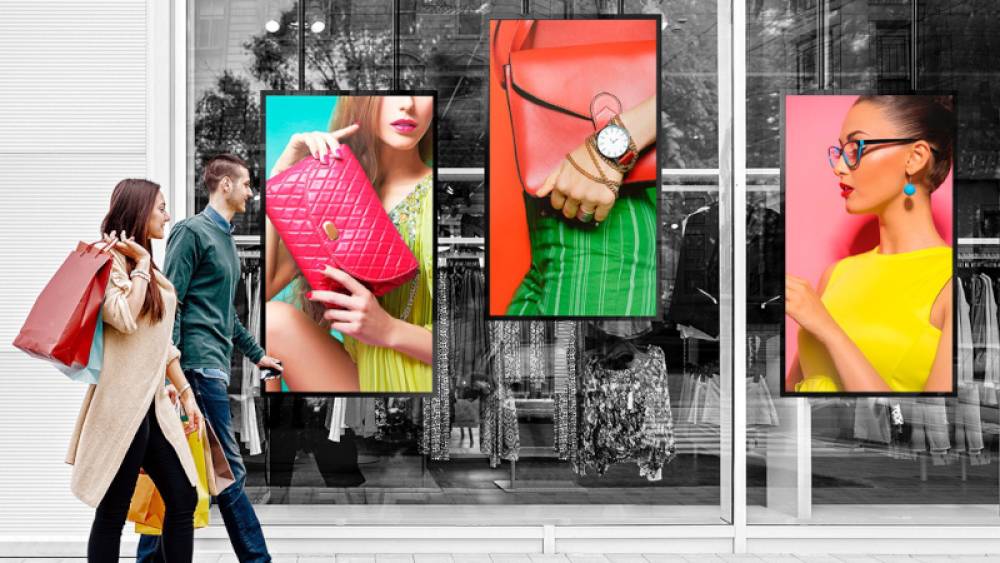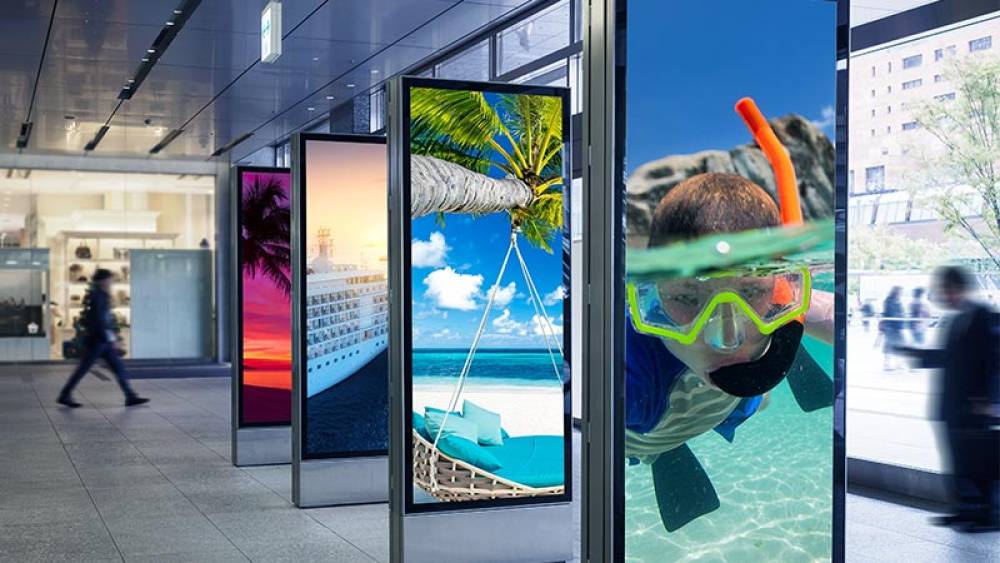
The Impact of Digital Signage on Customer Engagement and Sales
In today's fast-paced and technology-driven world, businesses are constantly seeking innovative ways to connect with their customers, create memorable experiences, and drive sales. One powerful tool that has emerged on the forefront of this endeavor is digital signage. These dynamic displays, ranging from interactive kiosks to vibrant video walls, have reshaped the landscape of customer engagement and sales in ways that were previously unimaginable. In this article, we'll explore how digital signage is making a profound impact on both customer engagement and sales across various industries.
Capturing Attention with Visual Appeal
The first and most obvious way in which digital signage impacts customer engagement is through its visual appeal. Traditional static signage often pales in comparison to the dynamic, colorful, and high-definition displays that digital signage offers. These eye-catching visuals draw customers' attention, creating a focal point that invites them to explore further.
In a retail environment, for instance, an attractive digital sign showcasing a product or promotion can stop shoppers in their tracks. Similarly, in restaurants, digital menu boards with mouthwatering images of dishes can stimulate appetites and entice customers to order more. By harnessing the power of visuals, digital signage helps businesses create a lasting impression on their customers.
Interactive Experiences that Foster Engagement
One of the most compelling aspects of digital signage is its ability to deliver interactive experiences. Interactive kiosks, touchscreens, and augmented reality applications have become staples in various industries, such as retail, hospitality, and museums. Customers, particularly the younger generations, crave hands-on engagement.
For instance, in retail, interactive kiosks provide shoppers with the ability to browse and customize products, check inventory, and even place orders. In the hospitality sector, interactive displays in hotel lobbies allow guests to explore local attractions and services. The result is a higher level of engagement, as customers actively participate in the experience.
Personalization: Tailoring Content to the Individual
Personalization has become a cornerstone of modern marketing, and digital signage is no exception. The ability to deliver personalized content based on factors such as location, time, and customer behavior is a game-changer. Businesses can target their audience with content that's relevant and timely, making it more likely to resonate.
In a retail setting, digital signage can use customer data to suggest complementary products, offer discounts, or provide personalized recommendations. In a hotel, digital signage can display tailored greetings and relevant information based on the guest's profile. The result is a more engaging and memorable experience that caters to individual preferences.
Real-Time Updates and Flexibility
Another significant impact of digital signage on customer engagement is its ability to provide real-time information and updates. Traditional signage can quickly become outdated, requiring costly reprints and replacements. Digital signage, on the other hand, allows businesses to make instant changes and updates to content.
For example, in a transportation hub, digital signage can display real-time departure and arrival information, keeping travelers informed. In retail, digital signs can promote flash sales and update pricing as needed. The flexibility and adaptability of digital signage not only enhance customer engagement but also contribute to a sense of reliability and trust.
Creating Immersive Brand Experiences
Businesses are increasingly recognizing the need to create immersive brand experiences that go beyond the transactional. Digital signage is instrumental in achieving this goal. The ability to tell a story, convey a brand's personality, and immerse customers in a unique environment is a powerful tool.
Car showrooms, for example, use digital signage to create immersive experiences by displaying videos, interactive features, and in-depth vehicle information. Museums use digital signage to transport visitors through time and space with interactive exhibits. In both cases, the goal is to leave a lasting impression and foster a deep connection between the brand or institution and the visitor.
Impact on Sales: The Bottom Line
Ultimately, the impact of digital signage on customer engagement directly influences sales. Engaged customers are more likely to make purchases, return for repeat business, and spread positive word-of-mouth. Let's explore how digital signage contributes to higher sales figures:
1. Influencing Purchase Decisions: Well-designed digital signage can influence purchase decisions by showcasing products, features, and promotions, leading to increased sales.
2. Cross-Selling and Up-Selling: Through personalized recommendations and complementary product suggestions, digital signage can drive additional sales beyond the initial purchase.
3. Reducing Perceived Wait Times: In environments like restaurants and healthcare facilities, digital signage can entertain and inform customers, making perceived wait times shorter and improving the overall experience.
4. Showcasing Specials and Promotions: Retailers can use digital signage to display limited-time offers, special deals, and discounts, encouraging immediate sales.
5. Enhancing Brand Loyalty: Engaged and satisfied customers are more likely to become repeat customers, contributing to long-term sales growth.
Real-World Success Stories
To illustrate the impact of digital signage on customer engagement and sales, let's explore a couple of real-world success stories:
Case Study 1: Fast-Food Restaurant Chain
A national fast-food restaurant chain implemented digital menu boards in its locations. By using dynamic, visually appealing displays, they were able to showcase their menu items more effectively. As a result, the average order value increased by 10%, and customers reported shorter perceived wait times due to engaging content.
Case Study 2: Luxury Retailer
A luxury retailer integrated interactive mirrors in their fitting rooms. These mirrors allowed customers to request different sizes, colors, and styles without leaving the fitting room. The engaging experience led to a 15% increase in in-store sales and higher customer satisfaction.
The Future of Digital Signage and Customer Engagement
As technology continues to advance, the potential for digital signage in customer engagement and sales will only grow. Emerging technologies like artificial intelligence (AI), 5G connectivity, and augmented reality (AR) will open up new possibilities for creating more immersive and personalized experiences. The role of data analytics in understanding customer behavior and preferences will also become increasingly vital.
In conclusion, the impact of digital signage on customer engagement and sales is profound and multi-faceted. It's more than just a tool for displaying content; it's a medium for creating memorable experiences, fostering connections, and driving revenue. Businesses that embrace digital signage are not only staying competitive but also redefining customer engagement in the digital age.



